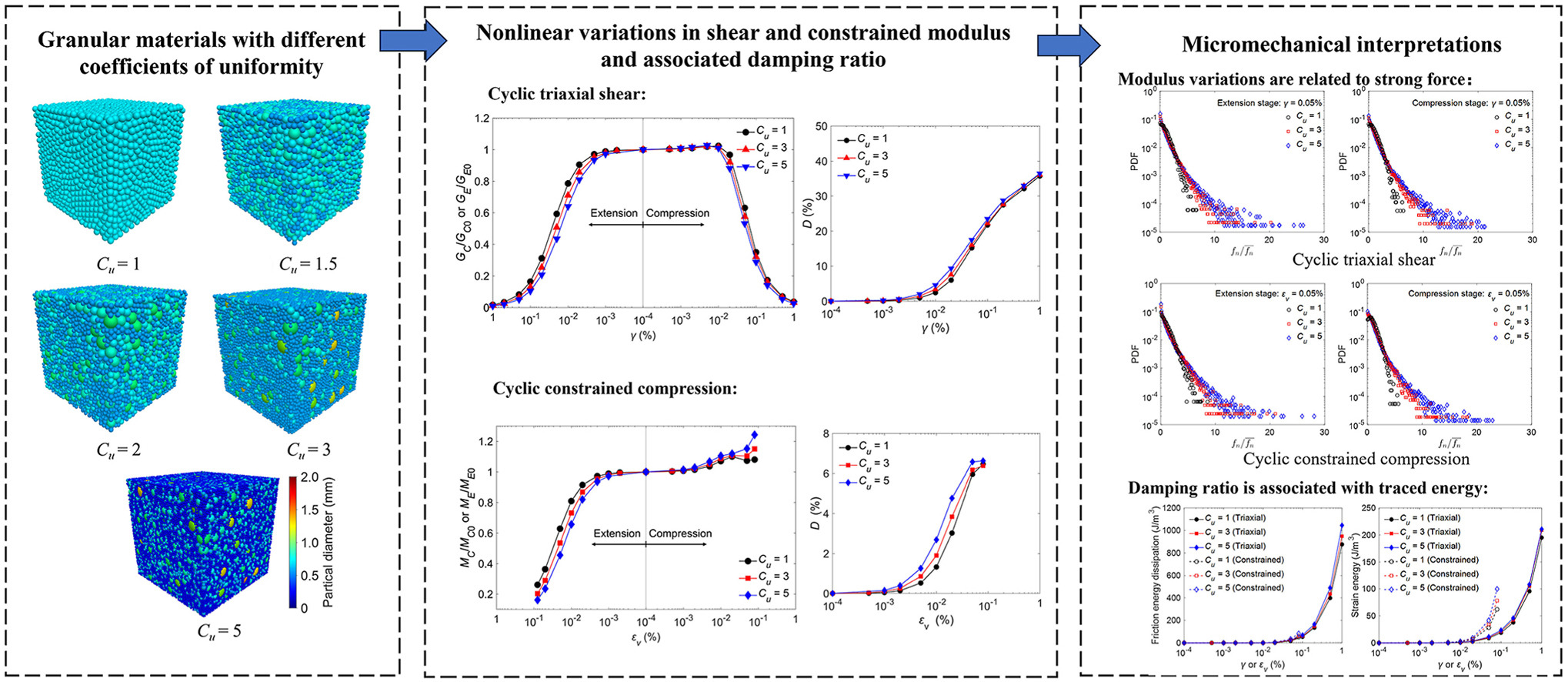- Volumes 96-107 (2025)
-
Volumes 84-95 (2024)
-
Volume 95
Pages 1-392 (December 2024)
-
Volume 94
Pages 1-400 (November 2024)
-
Volume 93
Pages 1-376 (October 2024)
-
Volume 92
Pages 1-316 (September 2024)
-
Volume 91
Pages 1-378 (August 2024)
-
Volume 90
Pages 1-580 (July 2024)
-
Volume 89
Pages 1-278 (June 2024)
-
Volume 88
Pages 1-350 (May 2024)
-
Volume 87
Pages 1-338 (April 2024)
-
Volume 86
Pages 1-312 (March 2024)
-
Volume 85
Pages 1-334 (February 2024)
-
Volume 84
Pages 1-308 (January 2024)
-
Volume 95
-
Volumes 72-83 (2023)
-
Volume 83
Pages 1-258 (December 2023)
-
Volume 82
Pages 1-204 (November 2023)
-
Volume 81
Pages 1-188 (October 2023)
-
Volume 80
Pages 1-202 (September 2023)
-
Volume 79
Pages 1-172 (August 2023)
-
Volume 78
Pages 1-146 (July 2023)
-
Volume 77
Pages 1-152 (June 2023)
-
Volume 76
Pages 1-176 (May 2023)
-
Volume 75
Pages 1-228 (April 2023)
-
Volume 74
Pages 1-200 (March 2023)
-
Volume 73
Pages 1-138 (February 2023)
-
Volume 72
Pages 1-144 (January 2023)
-
Volume 83
-
Volumes 60-71 (2022)
-
Volume 71
Pages 1-108 (December 2022)
-
Volume 70
Pages 1-106 (November 2022)
-
Volume 69
Pages 1-122 (October 2022)
-
Volume 68
Pages 1-124 (September 2022)
-
Volume 67
Pages 1-102 (August 2022)
-
Volume 66
Pages 1-112 (July 2022)
-
Volume 65
Pages 1-138 (June 2022)
-
Volume 64
Pages 1-186 (May 2022)
-
Volume 63
Pages 1-124 (April 2022)
-
Volume 62
Pages 1-104 (March 2022)
-
Volume 61
Pages 1-120 (February 2022)
-
Volume 60
Pages 1-124 (January 2022)
-
Volume 71
- Volumes 54-59 (2021)
- Volumes 48-53 (2020)
- Volumes 42-47 (2019)
- Volumes 36-41 (2018)
- Volumes 30-35 (2017)
- Volumes 24-29 (2016)
- Volumes 18-23 (2015)
- Volumes 12-17 (2014)
- Volume 11 (2013)
- Volume 10 (2012)
- Volume 9 (2011)
- Volume 8 (2010)
- Volume 7 (2009)
- Volume 6 (2008)
- Volume 5 (2007)
- Volume 4 (2006)
- Volume 3 (2005)
- Volume 2 (2004)
- Volume 1 (2003)
• Nonlinearity of stiffness and damping ratio of granular soils are studied based on DEM method.
• Effects of cyclic shear, constrained compression and particle size distributions are considered.
• Damping ratio under cyclic shear is much larger than cyclic constrained compression.
• Dynamic nonlinearity is more pronounced with increasing coefficient of uniformity.
• Link between particle contact and nonlinear stress-strain response is interpreted.
Evaluation of dynamic soil properties under shear and compressional waves is an important concern in geotechnical earthquake engineering. In this work, the nonlinear strain-dependent behaviors of stiffness and damping properties of granular materials with different particle size distributions are studied using three-dimensional discrete element method. In particular, both nonlinear variations in shear and constrained modulus and associated damping ratios with strain are analyzed based on the simulations of cyclic triaxial and cyclic constrained compression tests. Micromechanical explorations on the influence of coefficient of uniformity (Cu) and the manner of cyclic loading are presented. The results indicate that the shear modulus exhibits a reduction relationship with shear strain in both triaxial compression and extension stages, whereas the constrained modulus only degrades during the extension stage. The damping ratio under cyclic triaxial loading is much larger than that under cyclic constrained compression. The dynamic nonlinearity under two types of cyclic loading is more pronounced with increasing Cu. The more significant modulus reduction with higher Cu correlates with a lower percentage of strong contact and a more heterogeneous distribution of strong contact normal forces. The increase in damping ratio with higher Cu is associated with a larger percentage of sliding contacts. The difference in damping ratio between cyclic triaxial and cyclic constrained compression tests is attributed to the different strain energy magnitudes that are required to the target shear and compression strain levels.

